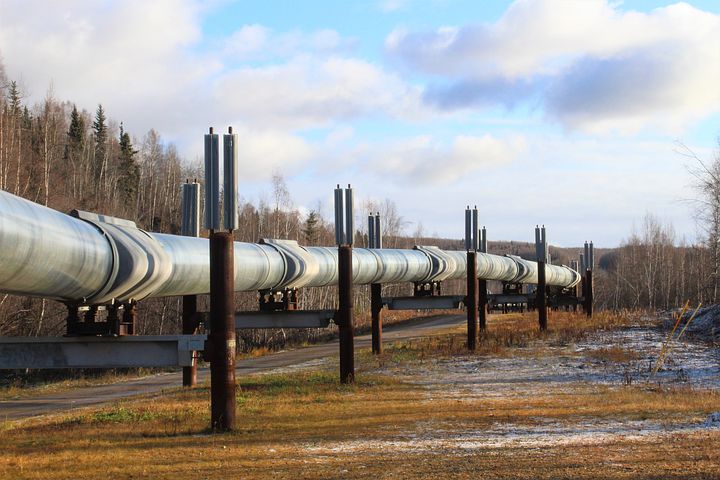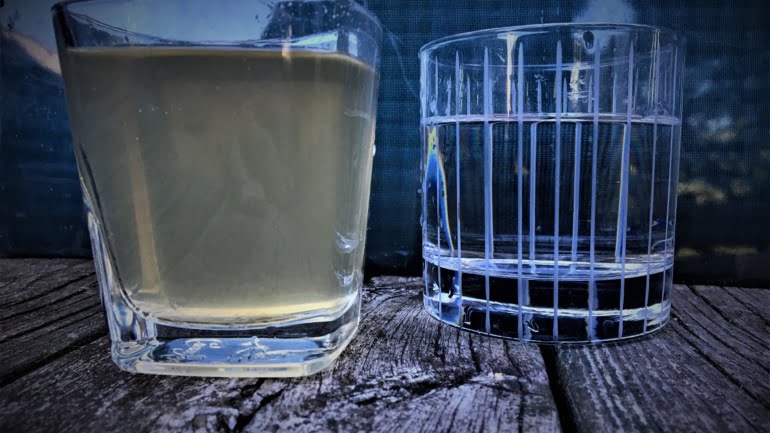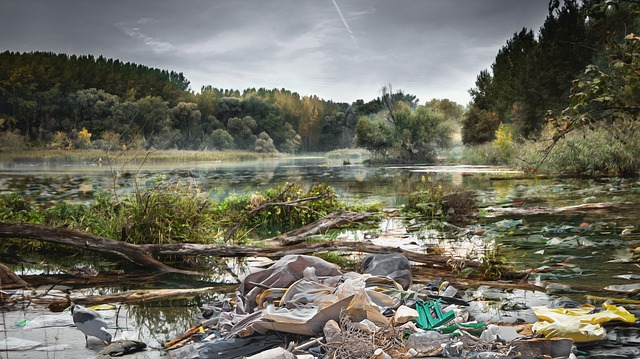By Sakshi Kabra Malpani, Publishing Associate: Researcher and Writer at Save the Water™ | April 18, 2023
Many gasses like methane are dissolved in water which acts as sources of various elements. It is a main source of carbon in water. Its implications are usually bad regarding drinking water quality and human health. Spills from oil and natural gas industries elevate its level in water.
What is Methane?
Methane, or marsh gas, is an odorless, tasteless, colorless, combustible gas made of one carbon and four hydrogen atoms. It’s a component of fracking gas and natural gas and is used as a fuel in homes. It’s also considered a strong greenhouse gas. In nature, it’s generally produced by the decay of vegetation and other organic matter.
Sources of Methane in Water Resources
Methanogens are methane producing bacteria and are one of the main sources of methane in water bodies. They produce biogenic or bacterial methane and survive in areas having less oxygen. For example, swamps, wetlands, deep oceans, lake sediments, landfills, and organic-rich glaciers. When it is produced in water, the water’s surface forms bubbles, it turns milky, and looks like carbonated soda. Apart from natural sources, some human activities have also added methane to water bodies. Mining, well drilling, pipeline leakages, and spills from oil and natural gas industries are just a few examples. In the US, leakage of natural gas pipelines is a major source of emission of this gas. Bio-based pesticides used for mosquito control treatment can also increase its emissions in ponds.
Is it Toxic?
Methane does not cause serious health problems in human beings, but it can create many safety issues, like:
- Methane, when accumulated in a small, closed space, can displace air. Thus, it can cause suffocation or choking due to lack of oxygen.
- It’s flammable, and can cause troubles like fires and explosions.
- In water pipelines, its accumulation can cause loud noises, banging, etc.
- It can increase pressure in water pipelines.
How can it Affect Water?
At higher concentrations, this gas can escape from water. When it’s collected in poorly ventilated spaces like wells, bathrooms, and washrooms, it can cause explosions.
Methane can change the chemistry of water, making it unfit for drinking. It helps in releasing iron and manganese in water and as a result, changes the taste of water. It can also stain pipelines and plumbing fixtures. Corrosion, plugging, and problems in pumping water are other noteworthy consequences of elevated methane levels in water.
Earlier, Ohio and Pennsylvania have witnessed many cases of water contamination by methane. How much methane in water can form an explosive mixture depends on various factors like temperature of water, ventilation conditions, gas composition, air movement, and many more. The Office of Surface Mining and the Department of the Interior suggests that the concentration of this gas above 28 mg/L is a risky level and should be reduced immediately. However, water bodies with its concentrations below 10 mg/L can be considered safe for use.
Ways to Detect and Remove Methane from Water
There are several conventional and advanced ways to detect and remove methane from water bodies. Gurgling noises, spitting faucets, and gas bubbles are its clear indicators. Gas detectors and meters can also detect its presence. Water testing laboratories can also test methane in water. During this process, a specialized sample is collected and tested in laboratories. Satellite remote sensing techniques like the Tropospheric Monitoring Instrument (TROPOMI) can also test its emission levels. At significantly higher levels, there are a number of ways to remove it from water bodies. In water treatment plants, aeration and vacuum stripping methods are used to remove this gas.
Above all, we can also take the following safety measures to reduce its levels in water bodies:
- Regular monitoring and testing of water bodies.
- Installing a vent and water treatment units in our wells.
- Installing a gas shroud in our wells. It’s a tube or pipe connected over a water pump that leaves methane-reduced water in the shroud.




